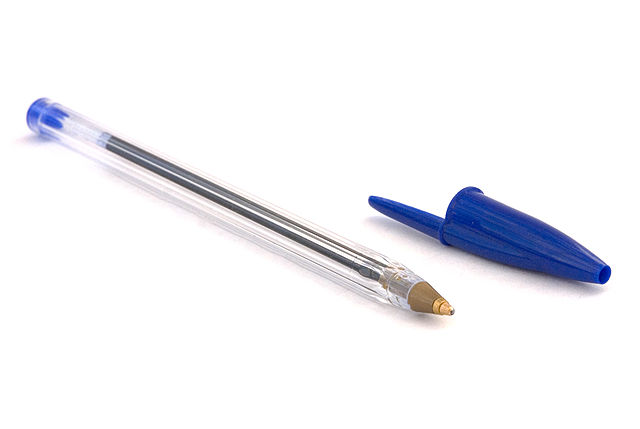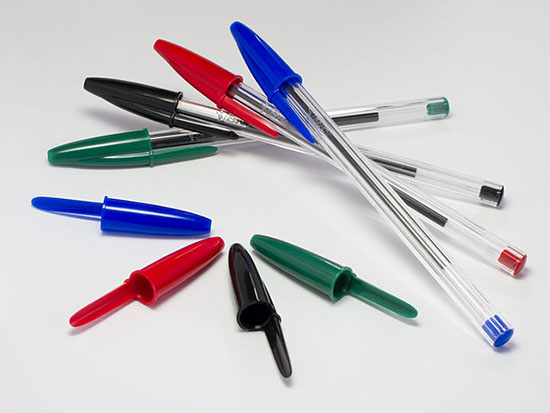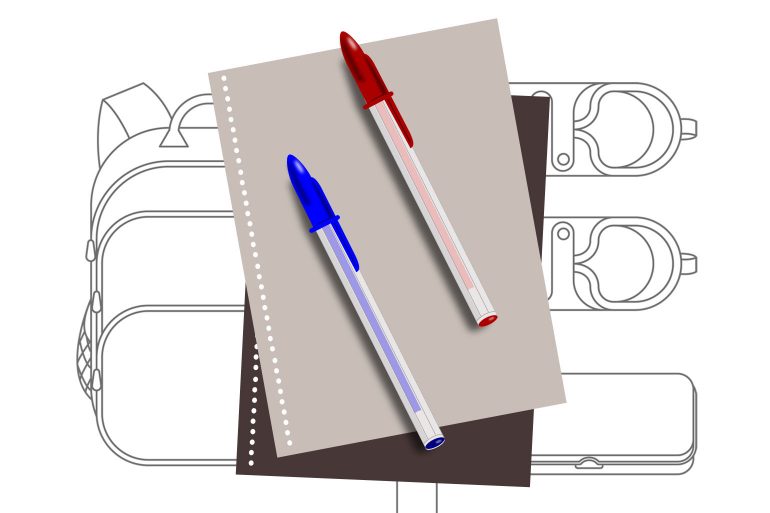
Recently, as I was scrolling through my LinkedIn feed I came across someone in my network that said “The BIC pen, an example of a great product that doesn’t need to change”. (Note: BIC ball-point pens were produced in post-WWII France. More than 100 billion Bic Cristals were sold by the year 2006, and continue to be sold all across the globe. BIC acquired Cello pens, India’s largest manufacturer and distributor of writing instruments in 2015.)
It got me thinking, but why does it not need to change? We assume that BIC has often been courted by design companies to consider a potential rebrand or product redesign. So why has it never gone for either? For those who can’t wait to know: we think it would be at best useless and at worst detrimental.
How so?
For most product categories, brand awareness isn’t enough however. People feel more emotional about the brand and the product isn’t actually always the most important touchpoint.
From a product perspective, the purchase itself doesn’t require a lot of thought or decision making. For such a functional product, consumers tend not to dwell on more high level, emotional or self-indulgent factors. Essentially, from their perspective, the fact that BIC has brand awareness and ability to distribute widely is what matters. In a product category focused on utility, that’s enough to clinch a large market share.
According to Jean-Noël Kapferer, consultant to leading international corporations on brand strategy, a brand is to some extent a combination of one’s memory of its products.
For most product categories, brand awareness isn’t enough however. People feel more emotional about the brand and the product isn’t actually always the most important touchpoint. Whilst a brand like Burger King who recently changed their visual identity could risk diluting their brand equity by changing a touchpoint other than their product, it could be argued that the iconic pen, its popularity, its design, holds the main part of BIC’s brand equity and thus changing the product should be thoroughly considered beforehand.

According to Jean-Noël Kapferer, consultant to leading international corporations on brand strategy, a brand is to some extent a combination of one’s memory of its products. Hence why for BIC, this pen acts as a long-lasting and stable reference for consumers. Indeed, BIC’s ability to understand the needs of their consumers is commendable. The truth is they have also done a great job at managing the product in relation to its brand. It is as important to know when to rebrand as it is to know when not to. At Saffron, we believe there are three instances in which you need a rebrand.
Despite obvious digitalisation taking over, BIC’s advantage is that no trend has made mainstream ball-point pens irrelevant.
The first one is when consumer habits, expectations and preferences change in a way it undermines your brand’s relevance. This is when disruptive brands like Uber are born, when myopic brands like Kodak die and when prepared brands like Peugeot rebrand to better accommodate the rise in societal focus on innovation in the automotive industry. Despite obvious digitalisation taking over, BIC’s advantage is that no trend has made mainstream ball-point pens irrelevant.
The second instance is when your authenticity is hindered due to consumer disengagement, or if for example your brand has undergone a merger. A good example is the strategy behind the rebrand after the Citibank-TravelersJ merger. A logo and visual language that kept the visual assets of both Citibank and TravelersJ, curating the elements that make each brand authentic. BIC’s ability to stay true to its simple product has shown the world how they stay true to themselves proudly. Their products are timeless because they are authentic.

They transformed the product category by designing the world’s simplest yet most popular pen, such that if a consumer were to see an unbranded version of the design, chances are they would still refer to the product as a “BIC pen”.
Finally, the third instance in which you should rebrand is when there is a need for more differentiation. A brand’s overall aim is to transform a product category and endow a generic product with its own separate identity. For this reason, the way BIC has achieved differentiation over time is precisely by not changing.
They transformed the product category by designing the world’s simplest yet most popular pen, such that if a consumer were to see an unbranded version of the design, chances are they would still refer to the product as a “BIC pen”.
This pen has not changed due to BIC’s awareness of the forces that drive consumer trends, their brand management and their ability to hold tight to its hero product, celebrate its roots and use them to grow, as it should. As the old adage goes: If it ain’t broke, don’t fix it.
***
The original version of this article can be found on www.saffron-consultants.com.

